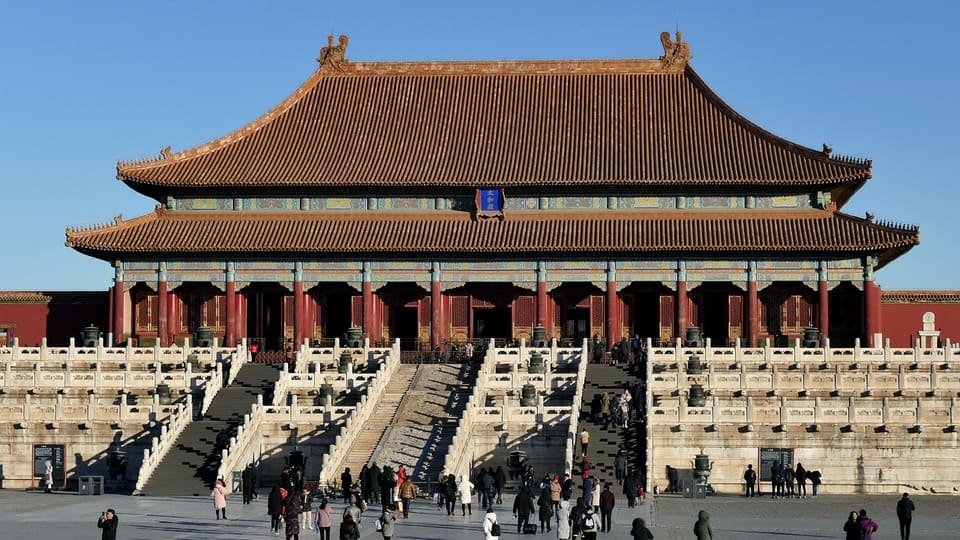
Traditional and Simplified Chinese: Linguistic and Cultural Perspectives
Chinese is one of the world's oldest and most influential languages, spoken by over a billion people across the globe. It is often divided into two primary written forms: Simplified Chinese and Traditional Chinese. These two scripts are used in different regions and have distinct characteristics that reflect historical, cultural, and linguistic developments. In this article, we will explore the general characteristics of Simplified and Traditional Chinese and delve into their main differences, focusing on their primary differences and how these variations influence communication, culture, and education.
The Evolution of Traditional and Simplified Chinese Characters
Traditional Chinese characters have a history that extends over thousands of years. They evolved from ancient pictographs and seal scripts, becoming more complex and stylized over time. The earliest forms of Traditional Chinese characters can be traced back to the oracle bone script, used for divination during the Shang dynasty (c. 1600–1046 BCE). Over centuries, Traditional Chinese characters were standardized and adapted for various regional dialects.
The development of Simplified Chinese characters is a more recent phenomenon. In the mid-20th century, the People's Republic of China initiated a language reform effort to increase literacy rates and simplify character writing. This reform led to the creation of Simplified Chinese characters, which are used predominantly in mainland China and Singapore. The simplification process involved reducing the number of strokes and simplifying complex characters.
Geographic Distribution
The use of Simplified and Traditional Chinese characters is not uniform across all Chinese-speaking regions.
- Simplified Chinese - Simplified Chinese characters are primarily used in mainland China and Singapore. These characters were introduced as part of a language reform effort to increase literacy and streamline the writing system. As a result, they have become the standard script in these regions for most printed materials, official documents, and education.
- Traditional Chinese - Traditional Chinese characters are still widely used in regions such as Taiwan, Hong Kong, and Macau. These areas have preserved the traditional script due to historical, cultural, and political reasons. Traditional characters are also used in Chinese communities around the world, particularly among diaspora populations.
Main Differences Between Simplified and Traditional Chinese
1. Character Complexity
One of the most apparent differences between Simplified and Traditional Chinese lies in the complexity of the characters.
Simplified Chinese characters are, as the name suggests, simpler and more streamlined. They often require fewer strokes to write, making them more accessible for beginners and promoting higher literacy rates. For example, the Traditional character 隻 (zhī), meaning "one" or "single," is simplified to 只 in Simplified Chinese.Traditional Chinese characters are more complex and detailed. They frequently involve a greater number of strokes and are considered more visually complex. The character 龍 (lóng), meaning "dragon," exemplifies the complexity of Traditional characters, with its intricate composition.
2. Vocabulary
While the core vocabulary of Simplified and Traditional Chinese remains largely the same, there are instances where vocabulary and phrases differ due to historical and regional factors. For example, the word for "computer" in Simplified Chinese is 计算机 (jìsuànjī), while in Traditional Chinese, it's 電腦 (diànnǎo). the simplified character 电 (diàn) can mean both "electricity" and "electric," whereas its traditional counterpart 電 (diàn) differentiates between the two meanings.
3. Pronunciation and Dialects
The pronunciation of words is generally consistent across both script systems. However, variations in regional dialects and accents can lead to differences in pronunciation. For example, Mandarin Chinese is the official language in both mainland China and Taiwan, but variations in accents and vocabulary exist.
4. Writing Styles
Traditional Chinese characters lend themselves to more diverse and expressive calligraphy styles due to their complexity. Calligraphy, a revered art form in Chinese culture, often relies on Traditional characters for its intricate designs.
5. Character Density
Due to their simplified nature, Simplified Chinese texts tend to be visually less dense than their traditional counterparts. This can make reading and processing information faster for native speakers.
6. Phonetic Simplifications
Simplified Chinese occasionally includes phonetic elements to aid pronunciation. For example, the simplified character 电话 (diànhuà, meaning telephone) incorporates the phonetic component 电 (diàn, meaning electricity). Traditional Chinese characters are less likely to employ phonetic components, relying more on their visual components to convey meaning.
Spheres of Usage of Simplified and Traditional Chinese
- Cross-Strait Relations - The use of Simplified and Traditional Chinese is closely linked to political and cultural factors. Mainland China promotes Simplified Chinese as a symbol of modernization, while Taiwan considers Traditional Chinese vital to its cultural identity.
- International Communication - Simplified Chinese is commonly preferred in international business and diplomacy for its practicality and efficiency. However, understanding Traditional Chinese remains important for cultural diplomacy and communication with regions like Taiwan.
- Calligraphy and Art - Traditional Chinese characters are highly regarded in calligraphy and art circles for their aesthetic appeal and historical significance. Calligraphers and artists often prefer Traditional characters for their expressive potential.
- Media and Publications - Mainland China's media and publications predominantly use Simplified Chinese, reflecting the government's language policies. In contrast, media in Taiwan, Hong Kong, and Macau continue to employ Traditional Chinese.
Cultural Significance
The choice between Simplified and Traditional Chinese characters can hold deep cultural and political significance.
- Simplified Chinese - Simplified characters are often associated with the People's Republic of China and its political ideology. They represent modernization and the government's efforts to improve literacy rates. While they are the standard in mainland China, some individuals and groups outside the mainland may view their use with suspicion or as a political statement.
- Traditional Chinese - Traditional characters are seen as a link to Chinese cultural heritage and tradition. They are highly valued in regions like Taiwan, where the preservation of traditional culture is a priority. In Hong Kong, the use of Traditional characters has become a symbol of resistance against political pressures from mainland China.
Simplified and Traditional Chinese are two distinct scripts, but both reflect the diverse linguistic, cultural, and political dimensions within the Chinese-speaking world. Simplified characters, known for their efficiency, are the standard script in mainland China and are widely used internationally. In contrast, Traditional Chinese characters, with their detailed forms and cultural significance, continue to play a key role in the identity and heritage of regions such as Taiwan, Hong Kong, and Macau.
Whether you are a language learner, a businessperson, or a scholar, understanding the significance of Simplified and Traditional Chinese is important for effective communication and cultural awareness in China.







